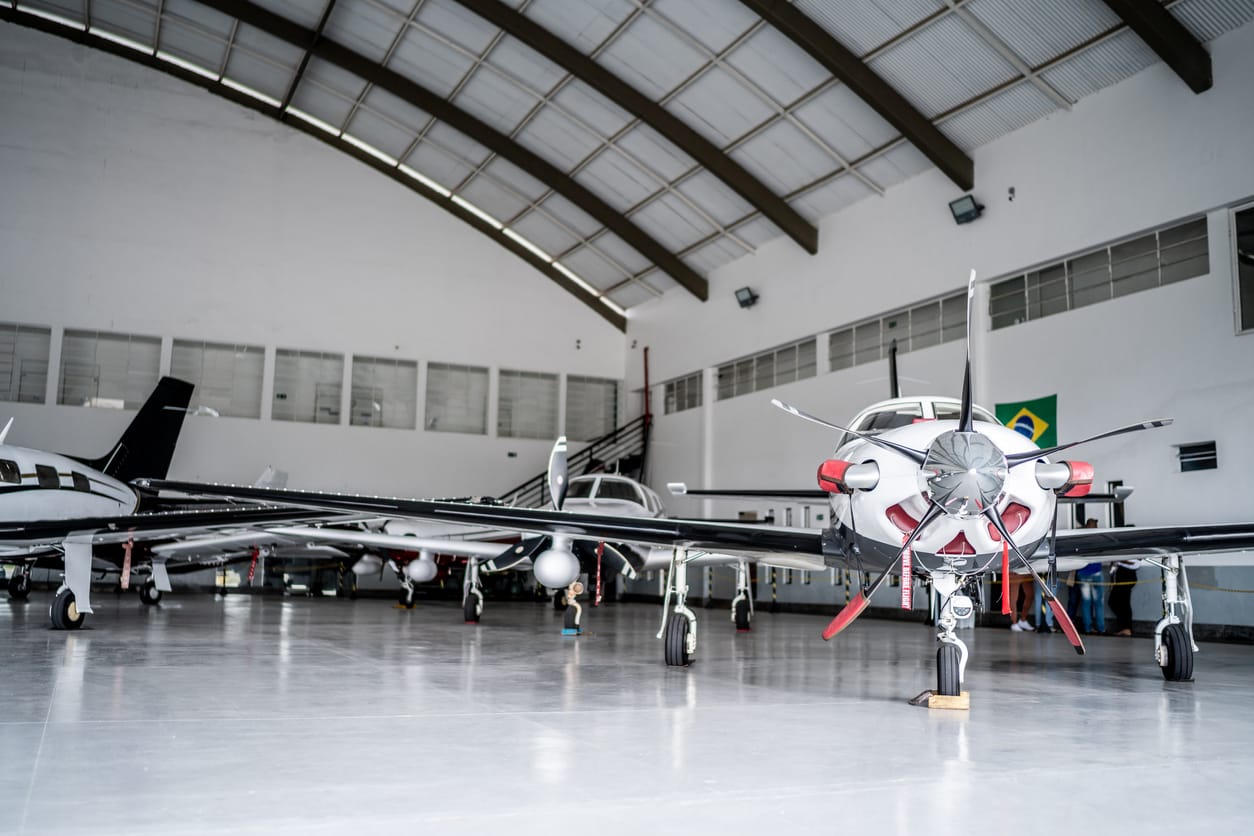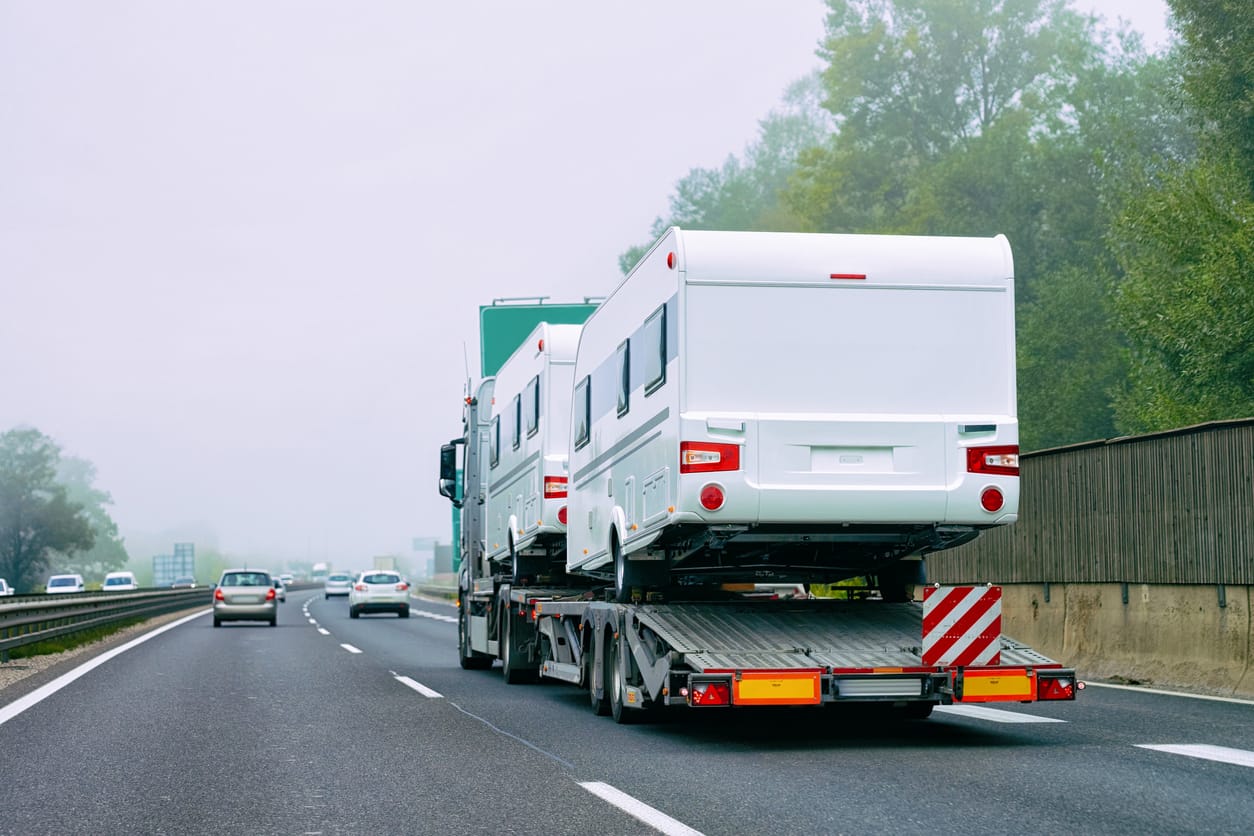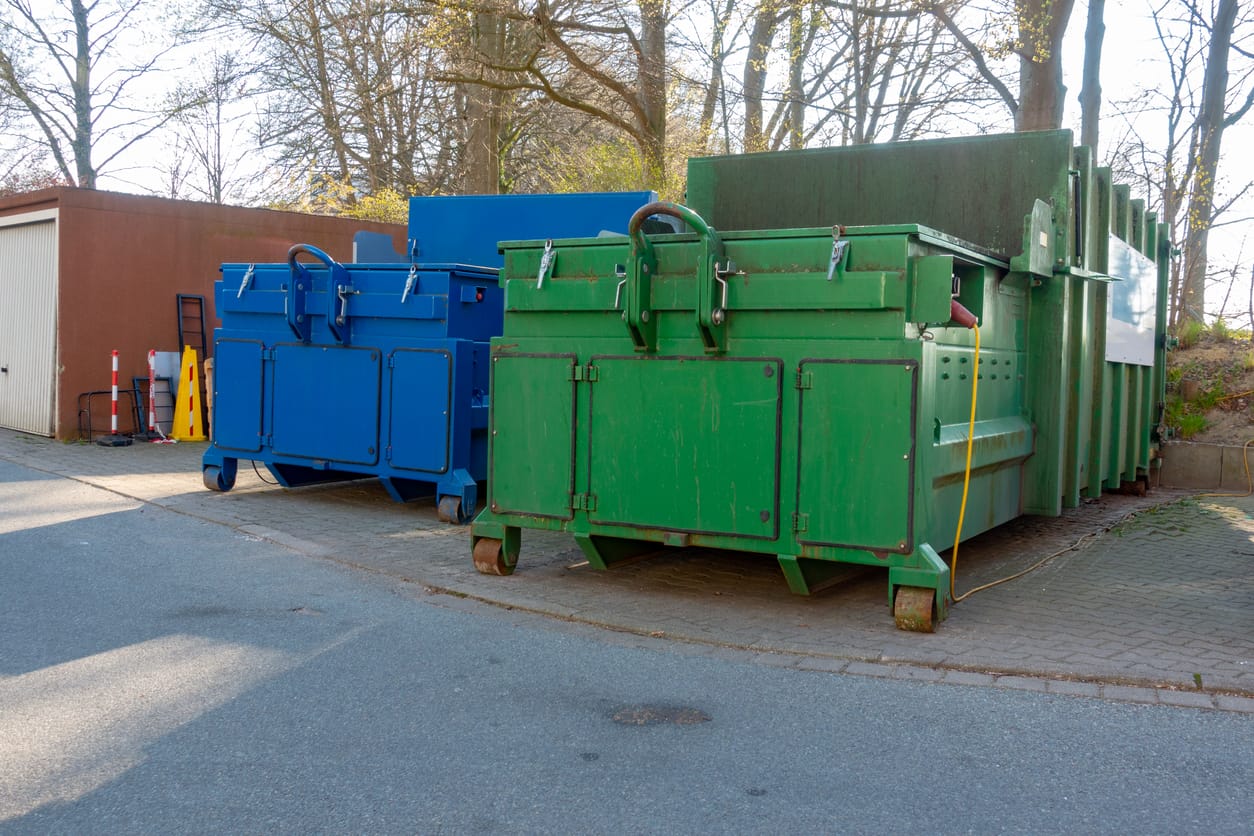Shipping an airplane is a complex process that requires careful planning and execution. Whether you are relocating your aircraft to a new location or delivering it to a buyer, it is crucial to ensure that the shipment is handled correctly to avoid any damages or delays.
In this comprehensive guide, we will discuss the factors to consider before shipping an airplane, preparing the aircraft for shipment, choosing a shipping company, transportation options, and receiving the aircraft at the destination.
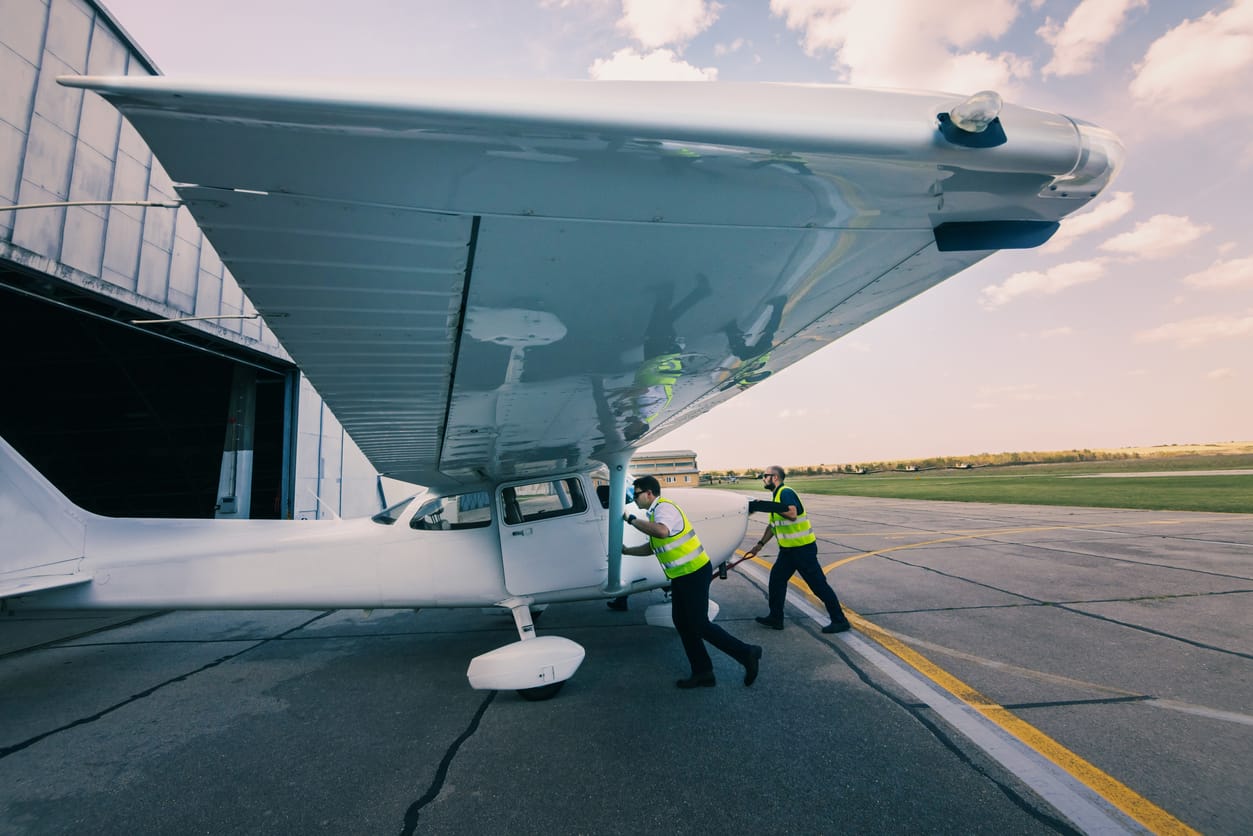
Before shipping an airplane, several factors should be considered to ensure that the process is executed efficiently and safely. These include the type of aircraft, distance, transportation options, and regulations.
Type of Aircraft: The type of aircraft being shipped will determine the type of transportation and shipping methods that can be used. For example, smaller aircraft can be shipped by road, while larger ones may require air transportation.
Distance: The distance the aircraft will be shipped is another critical factor to consider. The longer the distance, the more logistics and planning will be required to ensure a successful shipment.
Transportation Options: There are several transportation options available for shipping an airplane, including air, road, and sea. Each option has its advantages and disadvantages, and the choice will depend on several factors, including the distance, type of aircraft, and cost.
Regulations: Shipping an aircraft requires compliance with local and international regulations. It is essential to research and understands the regulations and requirements of the destination country before shipping the aircraft.
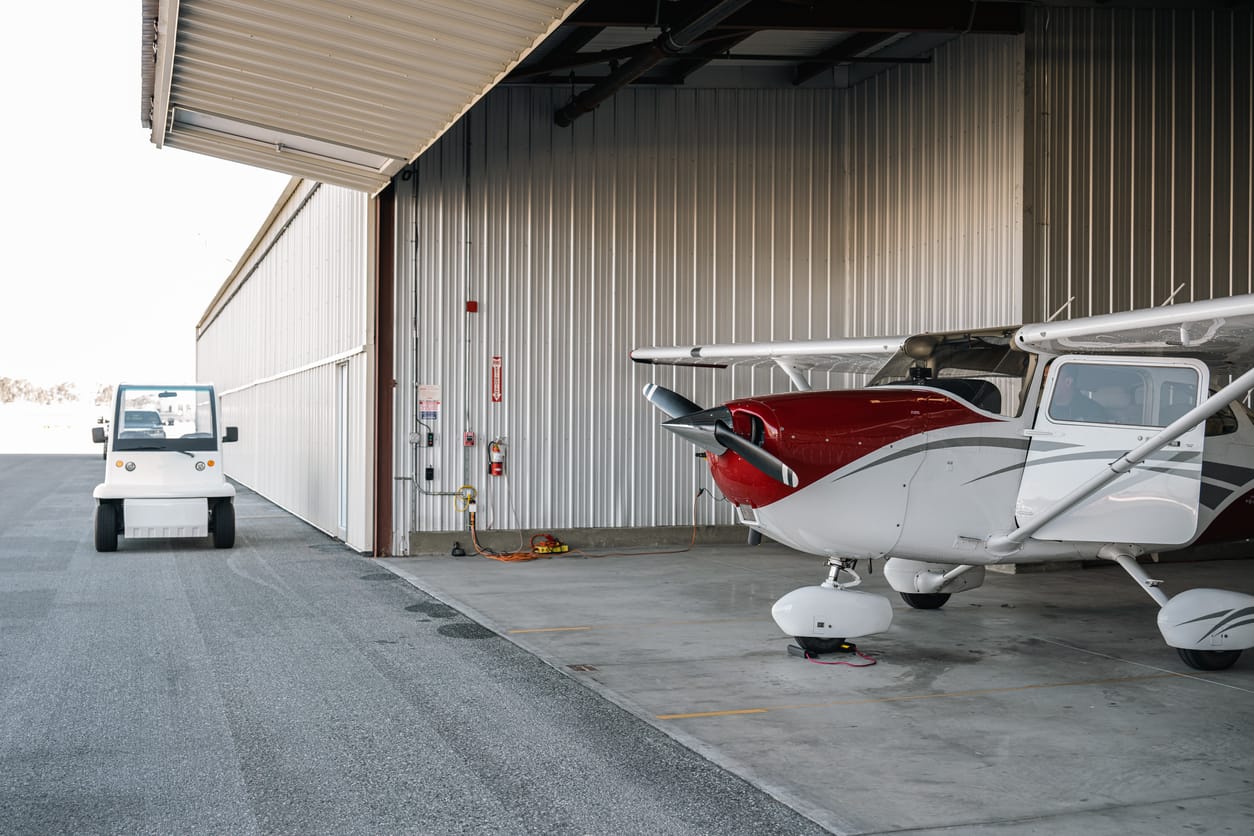
Before shipping an aircraft, it is crucial to ensure that it is properly prepared. This involves documentation and logistics, cleaning and securing the aircraft, and removing fuel and dangerous materials.
Documentation and Logistics: Documentation and logistics involve ensuring that all necessary paperwork, permits, and approvals are obtained before shipping the aircraft. This includes verifying the aircraft’s ownership, obtaining export/import licenses, and coordinating with the shipping company.
Cleaning and Securing the Aircraft: Cleaning and securing the aircraft involves removing all loose items from the aircraft, including seats, carpets, and loose equipment. The aircraft should be thoroughly cleaned and inspected for any damages, and all doors and hatches should be securely closed and locked.
Removing Fuel and Dangerous Materials: Before shipping the aircraft, all fuel and dangerous materials must be removed. This includes draining fuel tanks, removing batteries, and deactivating any hazardous materials.
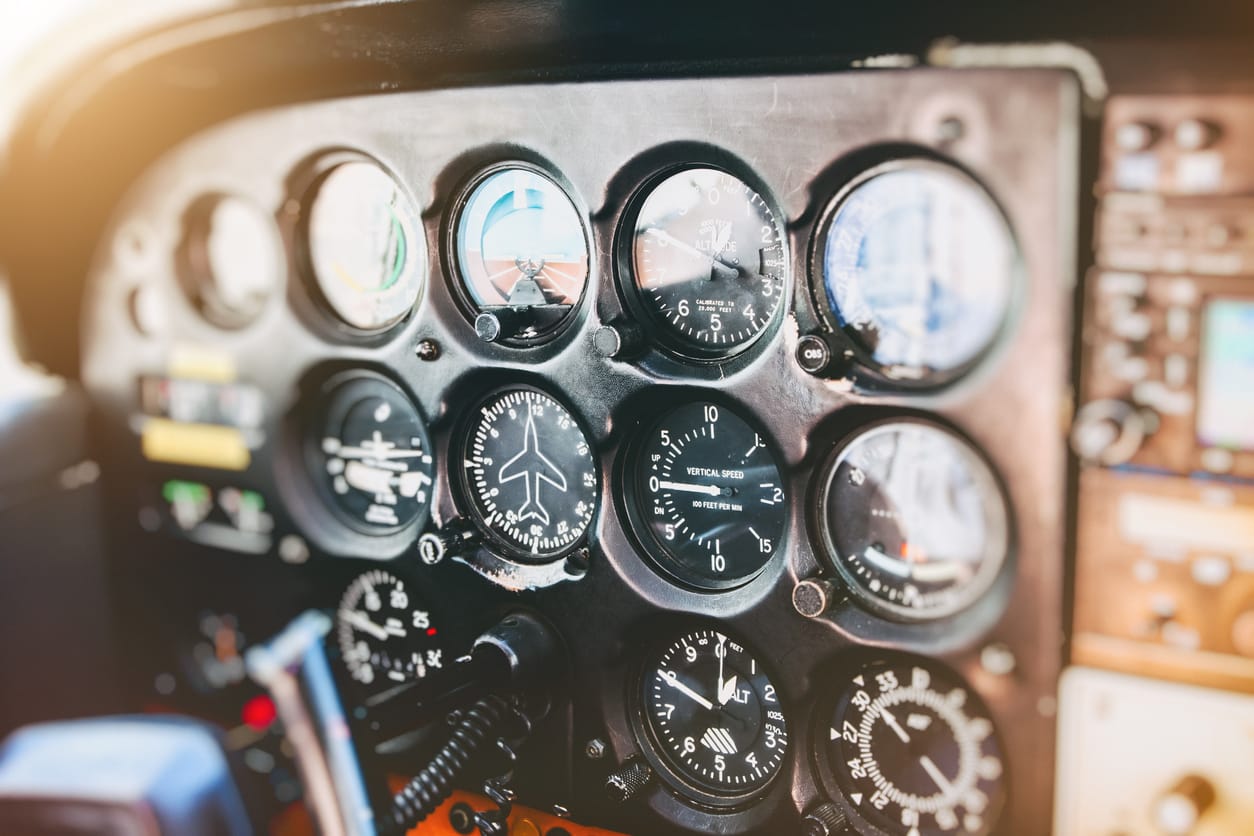
Choosing the right shipping company is critical for a successful aircraft shipment. When selecting a shipping company, it is essential to research and verify the company’s credentials and experience and ensure that they have adequate insurance coverage.
Researching Shipping Companies: Researching shipping companies involves looking for companies that specialize in aircraft shipping and have experience in shipping similar types of aircraft. It is also essential to read reviews and ask for recommendations as well.
Choosing the right shipping company for your aircraft is a critical decision that can significantly impact the outcome of the shipment. When researching shipping companies, it is essential to look for companies that have a good reputation and experience in shipping similar types of aircraft.
Verifying the Company’s Credentials and Experience: Before choosing a shipping company, it is essential to verify its credentials and experience. This includes checking if the company has the necessary licenses and permits to ship aircraft, as well as confirming their experience in shipping similar types of aircraft. It is also crucial to research the company’s safety record and history of successful shipments.
Insurance Coverage: Another critical factor to consider when choosing a shipping company is their insurance coverage. It is essential to ensure that the company has adequate insurance coverage to protect your aircraft in case of damages or accidents during the shipment. The insurance policy should cover the full value of the aircraft, including any installed equipment and accessories.
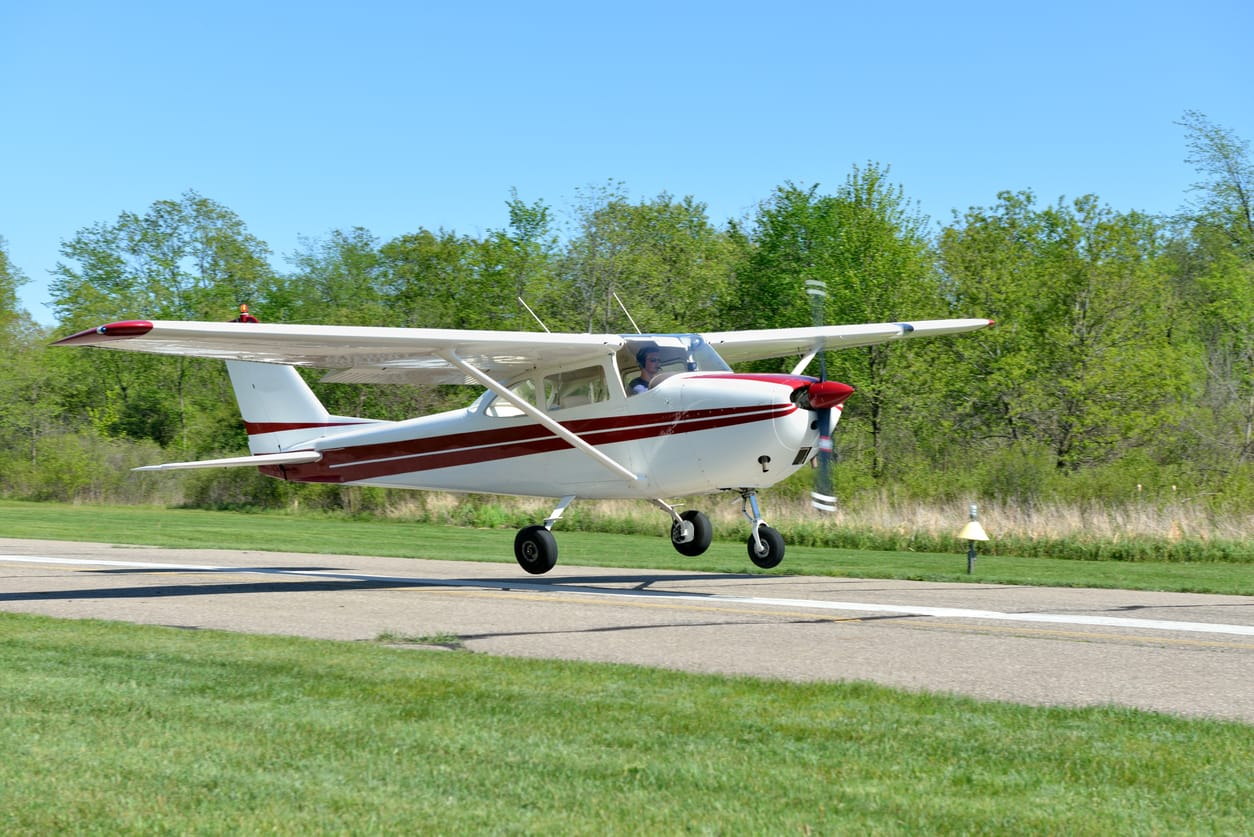
Transportation of the aircraft involves loading and unloading the aircraft, choosing the right transportation method, and ensuring compliance with local and international regulations.
Loading and Unloading: Loading and unloading an aircraft for shipment requires specialized equipment and skilled personnel. The aircraft should be carefully lifted and secured onto a specialized trailer or loading device, and all doors and hatches should be secured and locked. When unloading the aircraft, it is essential to follow the same procedures to ensure that the aircraft is not damaged during the process.
Transporting by Road or Air: The choice of transportation method will depend on several factors, including the distance, type of aircraft, and regulations. Smaller aircraft can be transported by road, while larger ones may require air transportation. If the aircraft is being transported by air, it is essential to ensure that the shipping company has the necessary permits and approvals to transport the aircraft.
International Shipping: International shipping of an aircraft requires compliance with local and international regulations, including customs clearance, export/import licenses, and other requirements. It is essential to research and understands the regulations and requirements of the destination country before shipping the aircraft.
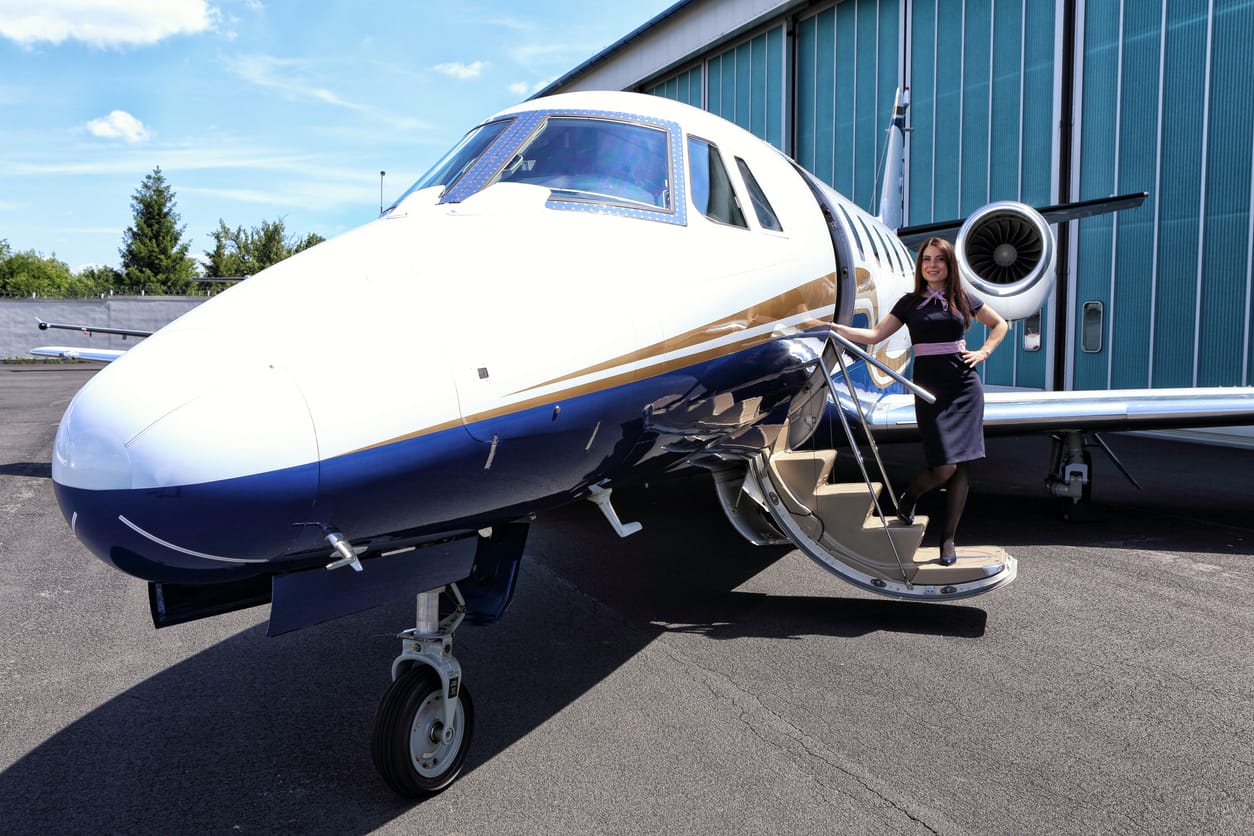
Receiving the aircraft at the destination involves inspecting the aircraft, reinstalling removed parts and materials, and conducting final checks and test flights.
Inspecting the Aircraft: When receiving the aircraft at the destination, it is essential to inspect it carefully for any damages or discrepancies. Any damages should be documented and reported to the shipping company immediately.
Reinstalling Removed Parts and Materials: Before the aircraft can be flown again, any removed parts and materials must be reinstalled. This includes reinstalling seats, carpets, and any other equipment that was removed before the shipment.
Test Flights and Final Checks: Before flying the aircraft, it is essential to conduct test flights and final checks to ensure that everything is functioning correctly. This includes checking the fuel system, avionics, and flight controls, as well as conducting a thorough pre-flight inspection.

If you’re looking to ship an airplane, you may be wondering where to start. Luckily, Ship A Car, Inc. is here to help. To begin the process, you’ll first need to gather some basic information about your airplane, including its make and model, dimensions, weight, and any special handling requirements it may have.
Once you have this information, you can request a quote from shipacarinc.com by filling out their online form or giving them a call. Speak with a shipping agent toll free on (866) 452-3657. They’ll then provide you with a competitive quote based on your specific needs.
Once you’ve accepted the quote and provided all necessary documentation, Ship A Car, Inc will work with their network of carriers to find the best option for your airplane. They’ll handle all logistics, including transportation, loading and unloading, and insurance. Their carriers are experienced in handling all types of airplanes, from small single-engine planes to larger corporate jets and helicopters.
You’ll have access to a dedicated customer service representative who can answer any questions you may have and provide updates on your shipment.
Once your airplane arrives at its destination, the carrier will unload it and provide you with a detailed inspection report to ensure everything is in order. With SHIP A CAR, INC, you can rest assured that your airplane is in good hands throughout the entire shipping process.

The time it takes to ship an airplane depends on several factors, including the distance, type of aircraft, and transportation method. Typically, it takes between two to six weeks to ship an airplane internationally.
The cost of shipping an airplane varies depending on several factors, including the type of aircraft, distance, and transportation method. On average, it can cost between $10,000 to $100,000 or more to ship an airplane.
No, shipping an airplane requires specialized knowledge and expertise that only professional shipping companies possess. Attempting to ship an airplane yourself can lead to damage, delays, and legal issues.
Before shipping your airplane, ensure that it is properly cleaned, secured, and inspected by a certified mechanic. Remove any loose items or accessories, and make sure that all doors and hatches are securely closed.
The most common transportation methods for shipping an airplane include air cargo, ocean freight, and ground transportation. Your shipping company will help you determine the best method based on your specific needs.
Yes, it is essential to have insurance when shipping your airplane to protect it from damage, loss, or theft during transportation. Make sure to work with a shipping company that offers comprehensive insurance coverage for your aircraft.

Shipping an airplane requires careful planning, preparation, and coordination with a reliable shipping company. Following the steps outlined in this article and working with an experienced and trustworthy shipping provider like Ship A Car, will ensure that your aircraft arrives at its destination safely and on time.
